Serrano peppers are a type of chili pepper originating from Mexico, known for their vibrant colors (green, red, orange, brown, purple) and medium to high heat level (10,000-23,000 Scoville Heat Units). They are smaller than jalapeños but significantly hotter, with a clean, grassy flavor that makes them a staple in Mexican cuisine and popular worldwide for salsas, sauces, and various dishes.
Table of Contents
- What Is a Serrano Pepper?
- How Hot Are Serrano Peppers?
- Flavor Profile: Sweet, Earthy, and Spicy
- Serrano vs. Jalapeño vs. Habanero: A Heat Comparison Chart
- 5 Amazing Culinary Uses for Serrano Peppers
- Buying Guide: How to Choose the Best Serrano Peppers
- Growing Your Own Serrano Peppers at Home
- Top 7 Tips for Cooking with Serrano Peppers
- Frequently Asked Questions About Serrano Peppers
- Conclusion
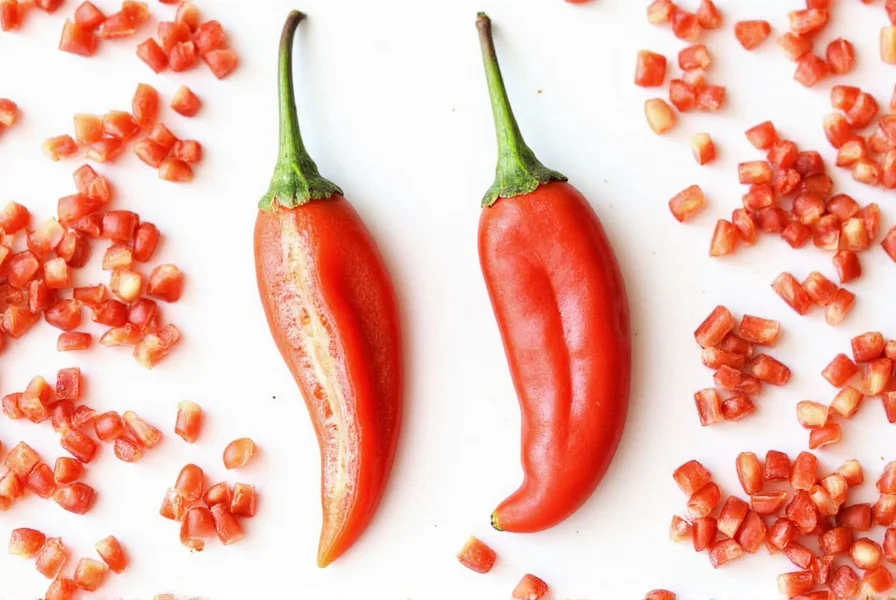
What Is a Serrano Pepper?
The serrano pepper is a staple in Mexican cuisine and has gained global popularity due to its bold flavor and manageable heat level. Named after the mountainous regions (sierras) of Mexico, this small, slender pepper packs more punch than its jalapeño cousin but remains accessible to most palates.
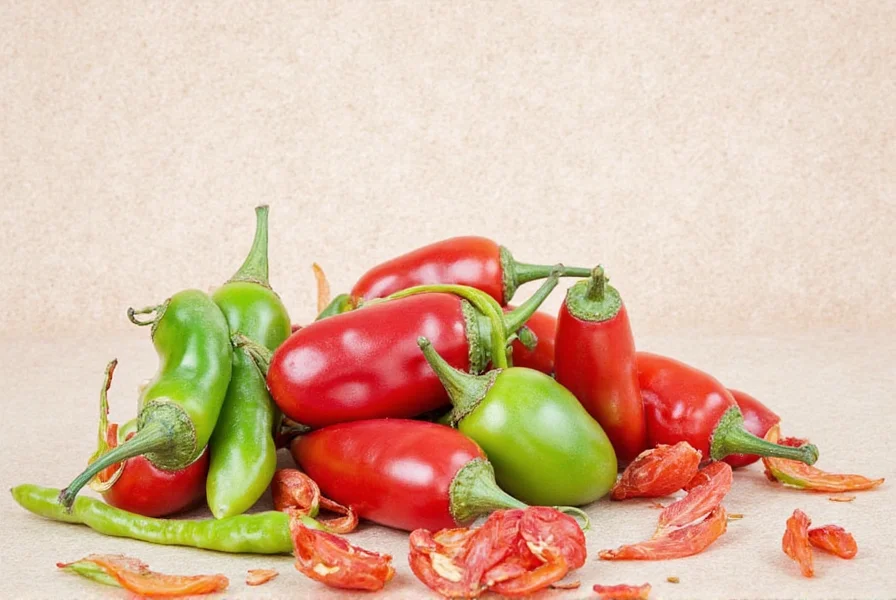
Typically ranging from 1 to 2 inches long, serranos come in a rainbow of colors—green, red, orange, brown, and even purple—each color indicating a different stage of ripeness and slight variation in flavor. Green serranos are often used fresh, while riper red or orange ones are favored for salsas and sauces.
How Hot Are Serrano Peppers?
If you've ever wondered how spicy serranos really are, let's break it down using the Scoville Scale—a measure of spiciness developed by Wilbur Scoville back in 1912.
| Pepper Type | Scoville Heat Units (SHU) |
|---|---|
| Green Bell Pepper | 0 SHU |
| Jalapeño | 2,500–8,000 SHU |
| Serrano (Green) | 10,000–15,000 SHU |
| Serrano (Ripe - Red/Orange) | Up to 23,000 SHU |
| Habanero | 100,000–350,000 SHU |
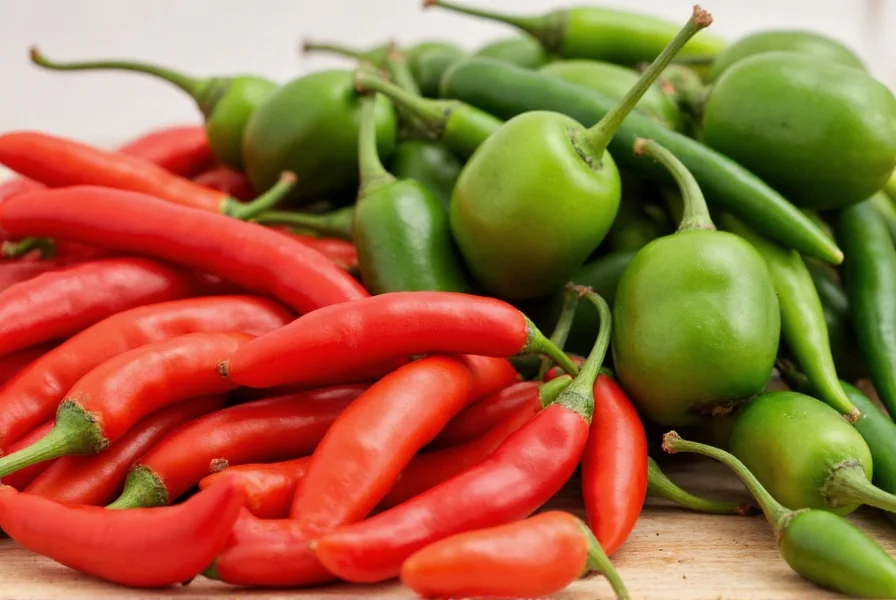
As you can see, serrano peppers bring the heat but won't knock you off your feet like the super-hot varieties. They sit comfortably between jalapeños and hotter chilies like the habanero, making them perfect for those who want to explore beyond mild flavors without diving into the fiery abyss.
Flavor Profile: Sweet, Earthy, and Spicy
While heat is one factor, flavor plays a huge role in why chefs and home cooks love serrano peppers. Compared to jalapeños, serranos offer a cleaner, grassier flavor with less bitterness. Their thin walls make them easy to eat raw or cook quickly without becoming tough.
- Green Serranos: Crisp, bright, slightly vegetal with a moderate kick.
- Red/Orange Serranos: Sweeter, richer, and slightly smokier with more intense heat.
- Brown/Purple Serranos: The ripest, with deep, complex flavors and maximum spice.
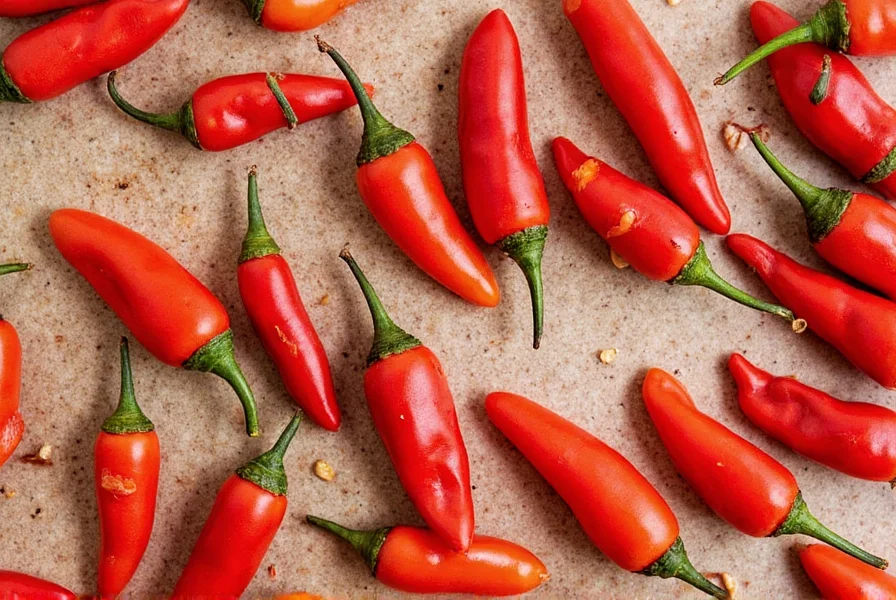
Serrano vs. Jalapeño vs. Habanero: A Heat Comparison Chart
To better understand where serranos fit in the grand hierarchy of chili peppers, here's a quick visual breakdown:
| Pepper | Size | Flavor Notes | Heat Level | Common Use |
|---|---|---|---|---|
| Jalapeño | 2–3 inches | Mildly sweet, earthy, sometimes bitter | Medium | Tacos, nachos, poppers |
| Serrano | 1–2 inches | Crunchy, grassy, clean, spicy | Medium-High | Salsas, soups, stir-fries |
| Habanero | 1–2.5 inches | Fruity, floral, tropical | Very High | Hot sauces, marinades |
5 Amazing Culinary Uses for Serrano Peppers
- Salsa Perfection: Dice fresh green serranos into pico de gallo for a refreshing, spicy twist.
- Chili Oils: Infuse oil with sliced serranos for a homemade chili oil that elevates noodles and grilled meats.
- Pickled Peppers: Brine whole serranos for a tangy garnish on tacos, burgers, or sandwiches.
- Stuffed Peppers: Hollow out larger serranos and fill them with cheese, meat, or rice for a spicy appetizer.
- Spice It Up: Dry and grind serranos into powder to add heat to rubs, dressings, or cocktails.
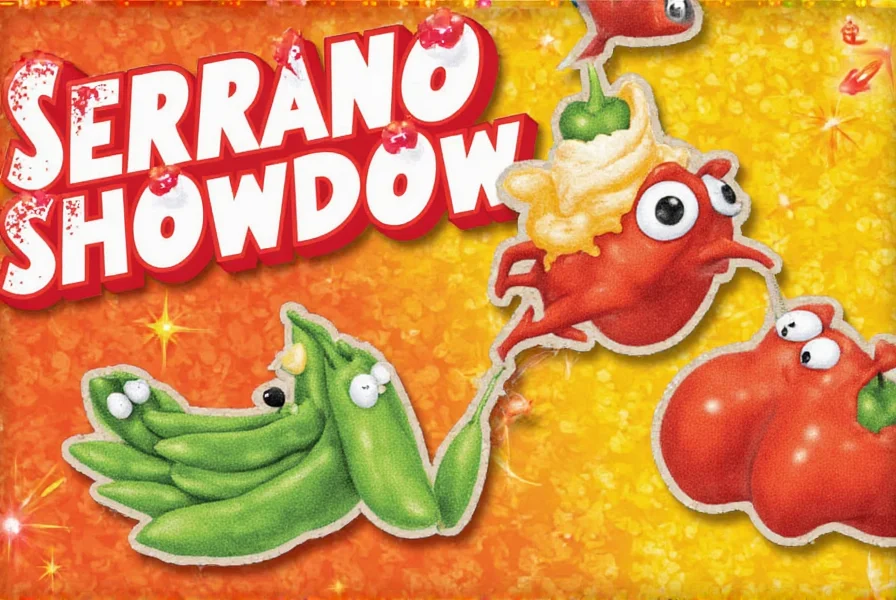
Buying Guide: How to Choose the Best Serrano Peppers
Whether you're shopping at a local farmers' market or picking them up from your neighborhood grocery store, here's what to look for:
- Firmness: Look for firm, glossy peppers with no soft spots or wrinkles.
- Color: Green peppers are ideal for mild heat and crisp texture; red/orange for deeper flavor and more spice.
- Size: Smaller is usually spicier. Larger serranos tend to be milder with thicker walls.
- Organic Options: Organic serranos may offer cleaner flavor and fewer pesticides.
- Seasonality: Fresh serranos peak from late summer through fall, though they're available year-round in many supermarkets.
Some recommended brands and products include:
- Trader Joe's Organic Serrano Peppers: Great quality and affordable, ideal for weekly cooking needs.
- La Costeña Canned Serrano Peppers: Ready-to-use canned peppers in brine, perfect for sauces and stews.
- Frontier Co-op Serrano Chili Powder: For those who prefer dried and powdered form for seasoning blends.

Growing Your Own Serrano Peppers at Home
Want to take your passion to the next level? Growing serrano peppers at home is surprisingly easy—even if you have limited space!
- Start Indoors: Begin seeds indoors 6–8 weeks before the last frost.
- Sunlight: Peppers need at least 6–8 hours of direct sunlight daily.
- Soil & Water: Use well-draining soil and water regularly, especially during dry spells.
- Harvest: Pick when peppers reach desired size and color. The longer they stay on the plant, the spicier they get!

Top 7 Tips for Cooking with Serrano Peppers
- Use Gloves: Capsaicin can irritate skin—always wear gloves when chopping serranos.
- Remove Seeds for Less Heat: Most of the heat lives in the seeds and white ribs.
- Don't Overcook: Serranos lose flavor and become mushy when overcooked. Add toward the end of cooking for best results.
- Pair with Creamy Ingredients: Balance the heat with avocado, sour cream, or cheese.
- Freeze Whole: Flash freeze whole serranos for easy use in soups, stews, or smoothies.
- Infuse Liquids: Use slices in hot broths, oils, or vinegar for subtle heat infusion.
- Experiment with Colors: Try different colored serranos to experience varying flavor profiles.
Frequently Asked Questions About Serrano Peppers
Are serrano peppers hotter than jalapeños?
Yes, serrano peppers are significantly hotter than jalapeños. While jalapeños range from 2,500-8,000 Scoville Heat Units (SHU), serranos range from 10,000-23,000 SHU, making them up to three times hotter. Serranos have a cleaner, grassier flavor with less bitterness compared to jalapeños.
How can I reduce the heat of serrano peppers?
To reduce the heat of serrano peppers, remove the seeds and white membrane (placenta) inside the pepper, as this is where most of the capsaicin (the compound that creates heat) is concentrated. Wearing gloves while handling them can prevent skin irritation. You can also balance the heat in dishes by pairing with dairy products like sour cream or cheese.
What's the best way to store serrano peppers?
Fresh serrano peppers can be stored in the refrigerator in a plastic bag for 1-2 weeks. For longer storage, you can freeze whole peppers (they'll become soft when thawed but work well in cooked dishes), pickle them, or dry them to make chili powder. Dried serrano peppers can be stored for several months in an airtight container.
Can I substitute serrano peppers for jalapeños in recipes?
Yes, but with caution. Since serranos are significantly hotter than jalapeños, you'll need to use fewer serranos to achieve a similar heat level. As a general rule, use about half as many serranos as the recipe calls for jalapeños. Alternatively, you can remove more seeds and membranes from the serranos to reduce their heat. Serranos will provide a cleaner, less bitter flavor than jalapeños.
Are serrano peppers healthy?
Yes, serrano peppers are very healthy. Like other chili peppers, they're rich in vitamin C, vitamin A, and capsaicin which has been linked to various health benefits including pain relief, improved metabolism, and reduced inflammation. They're low in calories and contain antioxidants that support overall health.
How long do serrano pepper plants produce?
Serrano pepper plants typically start producing peppers 70-80 days after planting. In warm climates, they can produce for several months, often from summer through fall. With proper care in containers, they can even be brought indoors during winter in colder climates to extend their production season.
What are the health benefits of eating serrano peppers?
The capsaicin in serrano peppers has been associated with numerous health benefits including pain relief, improved circulation, boosted metabolism, and potential anti-cancer properties. They're also high in vitamins A and C, which support immune function and skin health. The compound capsaicin may also help reduce appetite and support weight management.
Can you eat serrano peppers raw?
Yes, serrano peppers are commonly eaten raw in salsas, salads, and as garnishes. Green serranos have a crisp, bright flavor that works well raw. However, due to their significant heat level (10,000-23,000 SHU), you may want to start with small amounts if you're sensitive to spice. Removing seeds and membranes will reduce the heat if eating raw.
Conclusion
Serrano peppers are a versatile, flavorful, and moderately spicy addition to any kitchen. From fresh salsas to pickled toppings and infused oils, these little firecrackers open up a world of culinary creativity. Whether you're exploring the spice spectrum or a seasoned chilihead looking for new ways to heat things up, serranos deserve a permanent spot in your pantry—or better yet, your garden!
Now that you've got the lowdown on these spicy gems, go ahead and experiment. Mix, match, roast, pickle, or puree—your taste buds will thank you. And remember: when life gives you serranos…turn up the heat!

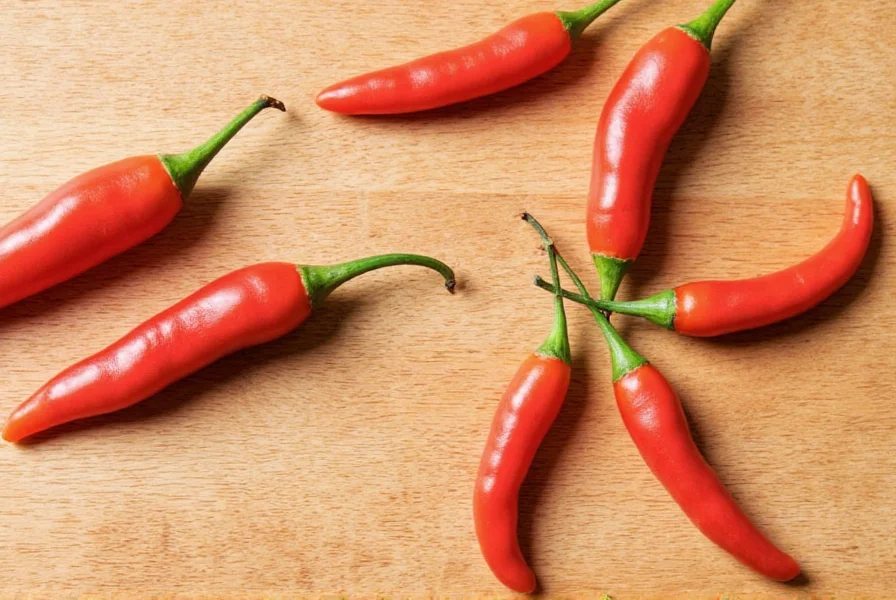









 浙公网安备
33010002000092号
浙公网安备
33010002000092号 浙B2-20120091-4
浙B2-20120091-4